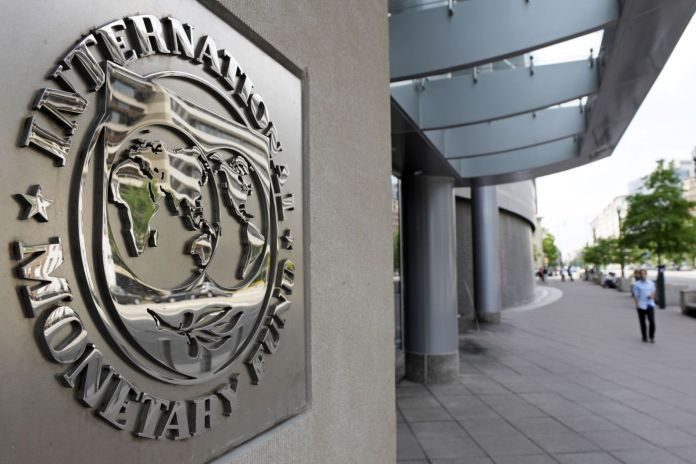BOGOTA, Colombia – A country with strong underlying economic fundamentals, Colombia has maintained a Flexible Credit Line (FCL) arrangement with the IMF since 2009 and renewed it most recently in May. On September 25, 2020, the International Monetary Fund (IMF) executive board approved a request to increase it by about US$ 6.2 billion, to a total of US$ 17.2 billion.
Due to the COVID19 pandemic, Colombia is facing its first recession in two decades–and the worst on record. In this context, the Colombian government has signaled its intention to draw on the FCL. In doing so, it would be the first country to use these resources since the line was created in 2009.
IMF Country Focus spoke with the Fund’s mission chief for Colombia, Hamid Faruqee, about the country’s outlook and how the resources will help in fighting the pandemic.
Colombia’s Flexible Credit Line had been renewed this May. What changed?
At the time of the renewal, the extent of the pandemic fallout was unknown, and the economic contraction turned to be deeper and more protracted than expected in May. The national lockdown needed to mitigate the disease’s spread was much longer than expected at that time.
External risks are higher, given the substantial uncertainty about the pandemic’s future course. At the time of renewal, we projected GDP to shrink by 2.5 percent; now, our growth forecast is -8.2 percent.
The government reacted quickly to protect its people and its economy from the shutdown’s impact. The central bank cut interest rates and provided liquidity and credit. The fiscal rule was suspended for two years so the government has more room to support vulnerable households and businesses. The central government’s fiscal deficit is expected to reach 8.2 percent of GDP (from 4.9 percent estimated in May).
Why did Colombia need a larger credit line, instead of simply drawing on the existing one?
Given unforeseen effects of this pandemic, Colombia’s balance of payments needs are higher than expected. The larger credit line helps address that. As a flexible instrument, the FCL will help address both actual and potential balance of payments needs. Combined with Colombia’s comfortable level of international reserves, it provides the added insurance against heightened external risks. Should the country decide to use them, these resources will also provide support to the budget and help meet unforeseen external financing needs.
How will the FCL resources help in fighting the pandemic?
If the country uses them, these resources will help finance a budget deficit that has almost doubled since May. Tax revenue declined sharply because of the drop in economic activity, while spending increased to pay for health services and support vulnerable people and businesses. These funds will support the authorities’ spending plans on health (for example, more intensive care beds); support vulnerable households, unemployed and informal workers; help firms with payroll support; and meet the country’s financing needs.
Does the usage trigger any conditionality?
No. Conditions come beforehand. A country has to pre-qualify by showing a very strong track record of policies and economic fundamentals. Once it does, and the IMF’s Executive Board approves the credit line, access to resources is unconditional. In this case, Colombia had to show it continued to qualify to have the line increased.
Why is Colombia considering drawing on the FCL rather than going to the markets?
Colombia did go to the markets and has been able to place, for example, 30-year bonds at reasonable interest rates in September. It issued US$4.3 billion abroad and about US$ 10.5 billion domestically. However, the magnitude of the recession is such that financing needs have increased from an average of 8 percent of GDP in the last 5 years to about 13 percent in 2020. The country authorities considered that diversifying financing sources would avoid putting excessive pressure on domestic markets and “crowd out” the private sector, which happens when investors prefer to lend to the government (because it’s safer) than funding private sector investments. Also, in this case, the FCL is attractive because the interest rate is lower than what Colombia would have gotten with debt issuances.
What does it mean for the Fund that FCL resources might be used the first time?
The FCL was designed precisely for these types of scenarios: for countries with strong fundamentals to have upfront access to IMF resources both as insurance and as backstop during a crisis. That is exactly the case with Colombia. So far, other countries have not used the line because they did not have to. But the resources have always been available.
Colombia is also the first country to request a change to its credit line outside of the regular reviews (one year after approval or renewal after two years). It shows the Fund’s agility to support a member country when the situation changes quickly. This process has been a good example that the “F” in FCL really stands for “flexible.”





